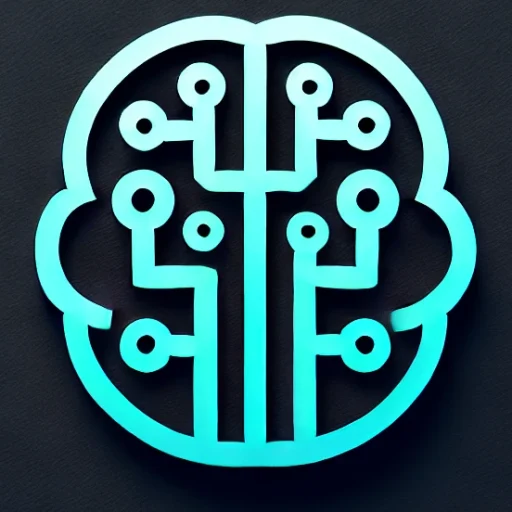
Introduction
In recent years, the field of artificial intelligence has seen remarkable advancements, but none more transformative than the rise of Generative AI. This subset of AI, which includes technologies like GPT-3, DALL-E, and ChatGPT, is redefining how we create and interact with digital content. Generative AI models possess the ability to produce human-like text, stunning art, and even music, unlocking potential across numerous industries. In this blog, we delve into why Generative AI is the most impactful topic in AI and computing today, exploring its latest developments, applications, challenges, and future prospects.
Key Insights & Latest Advancements
Generative AI has made leaps and bounds, primarily driven by advancements in neural network architectures and increased computational power. The most significant breakthrough has been the development of Transformer models—the backbone of most Generative AI systems. OpenAI’s GPT-3, for instance, boasts 175 billion parameters, showcasing its ability to generate coherent and contextually relevant text with impressive precision.
Another landmark achievement is OpenAI’s DALL-E and DALL-E 2, which can create highly detailed images from textual descriptions. These tools illustrate the potential to blend visual creativity with textual input, broadening the horizons for digital art and media.
Real-world Applications
From content creation enterprises to automated customer service agents, the influence of Generative AI is pervasive:
-
Content Generation: Publishers and marketers are leveraging AI to draft articles, create marketing copy, and even generate video scripts, significantly reducing workload and turnaround time.
-
Creative Design and Art: Graphic designers and artists use tools like DALL-E to churn out unique and innovative artworks, pushing the boundaries of digital creativity.
-
Customer Interaction: AI-driven chatbots and virtual assistants are transforming customer service by providing 24/7 support, reducing response time, and offering personalized service.
-
Gaming: In the gaming industry, Generative AI is used to create expansive worlds and storylines, offering players unique and personalized gaming experiences.
Challenges & Future Outlook
Despite the promise Generative AI holds, it is not without its challenges. Ethical concerns loom large, particularly regarding content authenticity and copyright issues. The risk of misuse, such as deepfake technology for misinformation or propaganda, necessitates stringent guidelines and regulations.
Moreover, computational and resource demands pose sustainability issues. Training large models require massive energy, calling for more efficient and ecologically responsible AI practices.
Looking ahead, the future of Generative AI involves refining its accuracy and ethical use. Researchers are focused on enhancing model efficiency while reducing bias and ensuring fair applications across industries. As AI governance frameworks evolve, Generative AI is on the cusp of becoming a cornerstone of digital innovation.
Conclusion
Generative AI represents a pivotal point in the evolution of technology, promising unprecedented advancements in how we generate and consume content. By addressing existing challenges and steering its development ethically and sustainably, Generative AI has the potential to revolutionize industries and redefine our interactions with technology. As we continue to explore its capabilities and mitigate its risks, Generative AI stands poised to lead the next wave of digital transformation.
By understanding the transformative power of Generative AI, stakeholders can harness its potential responsibly, paving the way for a future where AI augments human creativity and innovation.

